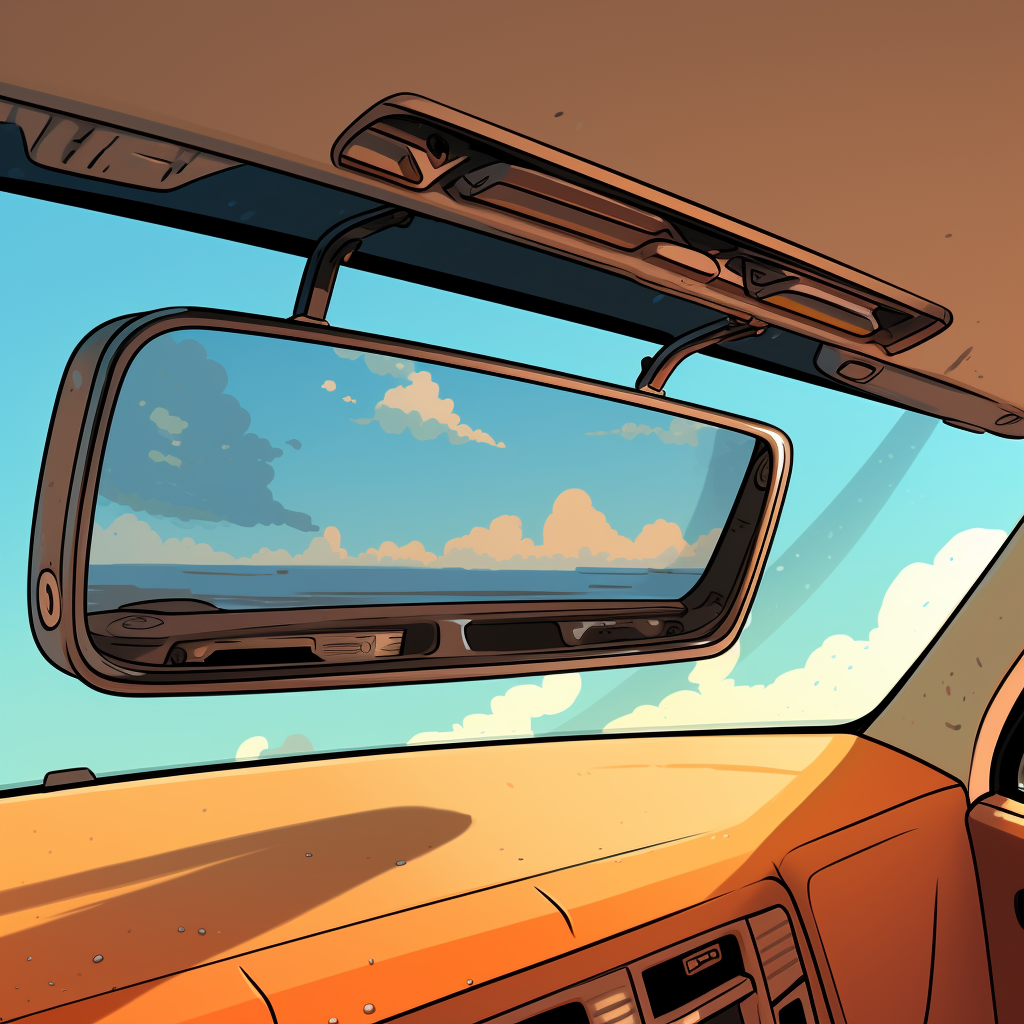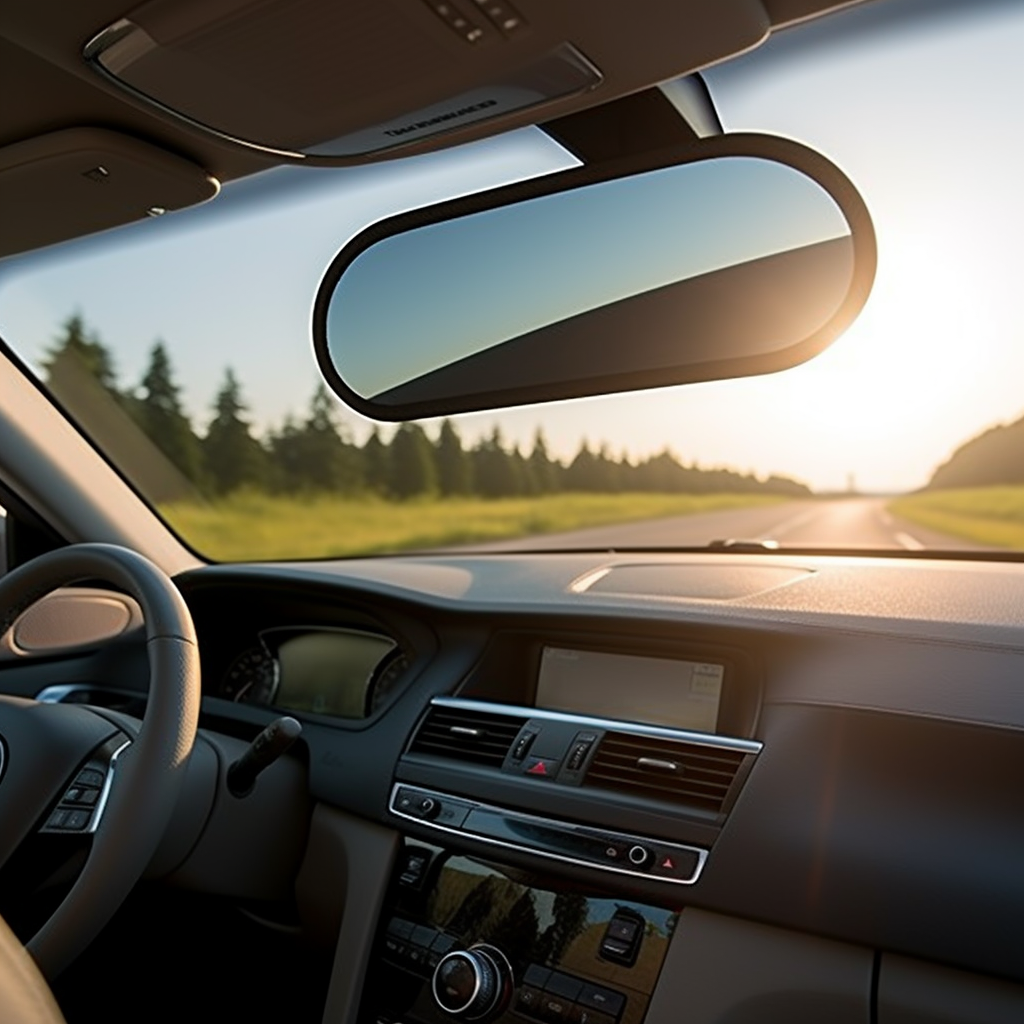How to Fix a Floppy Sun Visor in Your Car: Quick and Effective Solutions

How to Fix a Floppy Sun Visor in Your Car: Quick and Effective Solutions
Introduction
A floppy sun visor in your car can be more than just a minor annoyance – it can compromise your safety and visibility while driving. Sun visors are essential for blocking glare and enhancing your driving experience. If you're dealing with a sun visor that won't stay in place, don't worry – there are several solutions you can try to fix the issue. In this guide, we'll walk you through step-by-step instructions on how to fix a floppy sun visor in your car, ensuring a safe and comfortable ride.
Understanding the Problem
Before we delve into the solutions, it's important to understand why your sun visor might become floppy. Over time, the visor's attachment points can wear out due to constant use, exposure to heat, and general wear and tear. If the screws or brackets holding the visor in place become loose or damaged, the visor can lose its grip and sag. Fortunately, fixing this issue is relatively straightforward and can often be done as a DIY project.
Tools and Materials You'll Need
Before you begin, gather the following tools and materials:
- Screwdriver (flathead or Phillips, depending on your car's screws)
- Replacement screws (if needed)
- Threadlocker (optional)
- Adhesive (if required for fabric or vinyl repair)
- Cloth or cleaning wipes
- Needle-nose pliers (if applicable)
Step-by-Step Guide to Fixing a Floppy Sun Visor
Step 1: Assess the Damage
Examine the sun visor closely to identify the source of the problem. Check for loose screws, damaged brackets, or any visible signs of wear.
Step 2: Remove the Visor
Gently pull down the visor to access the attachment points. Use the screwdriver to remove the screws that secure the visor to the roof of the car. Keep track of the screws to ensure you can reattach the visor later.
Step 3: Tighten Screws
If the problem is loose screws, tighten them using the appropriate screwdriver. Apply gentle pressure in the opposite direction of the screw's rotation to ensure a snug fit. If the screws are stripped or damaged, replace them with new ones of the same size.
Step 4: Apply Threadlocker
To prevent the screws from coming loose again, consider applying a small amount of threadlocker to the screw threads. Threadlocker is a liquid adhesive that helps keep screws in place. Choose a removable threadlocker so you can make adjustments in the future if needed.
Step 5: Repair Brackets (If Necessary)
If the brackets are damaged, use needle-nose pliers to reshape them if possible. In some cases, you might need to replace the brackets. Check with your car's manufacturer or a local auto parts store for replacement brackets.
Step 6: Address Fabric or Vinyl Issues
If the fabric or vinyl covering of the visor is sagging or damaged, you can use adhesive specifically designed for automotive interiors to secure it back in place. Apply the adhesive carefully, following the product instructions.
Step 7: Reattach the Visor
Once you've addressed the issue, carefully reattach the visor to the roof of the car. Align the screw holes and insert the screws. Use the screwdriver to tighten the screws securely.
Step 8: Test the Visor
Gently pull down and push up the visor to test its stability. Ensure that it stays in place without sagging or wobbling.
Step 9: Check for Hidden Fasteners
In some car models, there might be hidden fasteners or clips that secure the sun visor in place. These fasteners can be concealed behind plastic covers or decorative trim. Carefully inspect the visor and surrounding area for any hidden components that might be affecting its stability. Use a trim removal tool or a flathead screwdriver to gently pry off any covers and access the fasteners.
Step 10: Reinforce Attachment Points
If you're dealing with a particularly stubborn floppy sun visor, you might consider reinforcing the attachment points. This can involve using additional brackets, washers, or even adhesive-backed Velcro strips to provide extra support. Make sure that any modifications you make do not interfere with the visor's functionality or obstruct your view while driving.
Step 11: Test Under Various Conditions
After you've completed the repair, take your car for a test drive under various conditions. Drive on bumpy roads, make sharp turns, and adjust the visor to different angles. This comprehensive testing will help you determine whether the repair was successful and if the visor remains stable in different driving scenarios.
Step 12: Regular Maintenance
To ensure the long-term effectiveness of your repair, incorporate regular maintenance into your car care routine. Periodically inspect the sun visors and their attachment points to catch any signs of wear or loosening early. This proactive approach can prevent future floppy visor issues and save you from more extensive repairs down the line.
Additional Tips and Considerations
-
Regular Maintenance: To prevent future floppy sun visor issues, periodically inspect the visors and their attachment points for signs of wear. Address minor problems promptly before they become more significant.
-
Consider Upgrades: If your sun visors frequently become floppy due to poor design or quality, consider upgrading to aftermarket sun visors. Some aftermarket options are built with enhanced materials and attachment mechanisms.
-
Professional Help: If you're uncomfortable with DIY repairs or if the issue is complex, seek professional assistance. A mechanic or auto technician can diagnose the problem accurately and provide a solution.
Benefits of a Fixed Sun Visor
Fixing a floppy sun visor in your car comes with several benefits beyond just improved aesthetics. Here are some advantages of having properly functioning sun visors:
-
Enhanced Safety: A stable sun visor allows you to block out blinding sunlight effectively. This, in turn, enhances your visibility while driving, reducing the risk of accidents caused by glare.
-
Improved Comfort: Driving with a floppy sun visor can be distracting and uncomfortable. A securely fixed visor ensures a more pleasant driving experience, particularly during bright and sunny days.
-
Protects Interior: Sun visors also play a role in protecting your car's interior from UV rays and heat. Properly fixed visors can help prevent sun damage to your dashboard, upholstery, and other interior components.
-
Clearer Vision: With a stable sun visor, you'll have an unobstructed view of the road ahead, ensuring your safety and the safety of other road users.
-
Prevents Distractions: A floppy sun visor can be a constant source of frustration and distraction while driving. Fixing it eliminates this distraction and allows you to focus on the road.
Conclusion
Fixing a floppy sun visor in your car doesn't have to be a daunting task. With the right tools and a bit of patience, you can successfully address the issue and restore the functionality of your sun visors. By following the step-by-step guide outlined above, you'll be able to enjoy a safer and more comfortable driving experience with properly functioning sun visors. Remember, if you're unsure about any part of the repair process, it's always best to consult a professional to ensure the job is done correctly.
Dealing with a floppy sun visor in your car doesn't have to be a frustrating experience. By following the steps outlined in this guide and considering the additional tips provided, you can effectively fix the issue and enjoy the benefits of properly functioning sun visors. Remember that while DIY repairs are often successful, seeking professional help is advisable if you encounter difficulties or uncertainties during the repair process.
Taking the time to fix your sun visors not only improves your driving experience but also contributes to your safety on the road. Well-maintained sun visors provide clear visibility, protect your car's interior, and enhance overall driving comfort. So, roll up your sleeves, gather your tools, and embark on the journey to a safer and more enjoyable driving experience with sun visors that stay securely in place.



